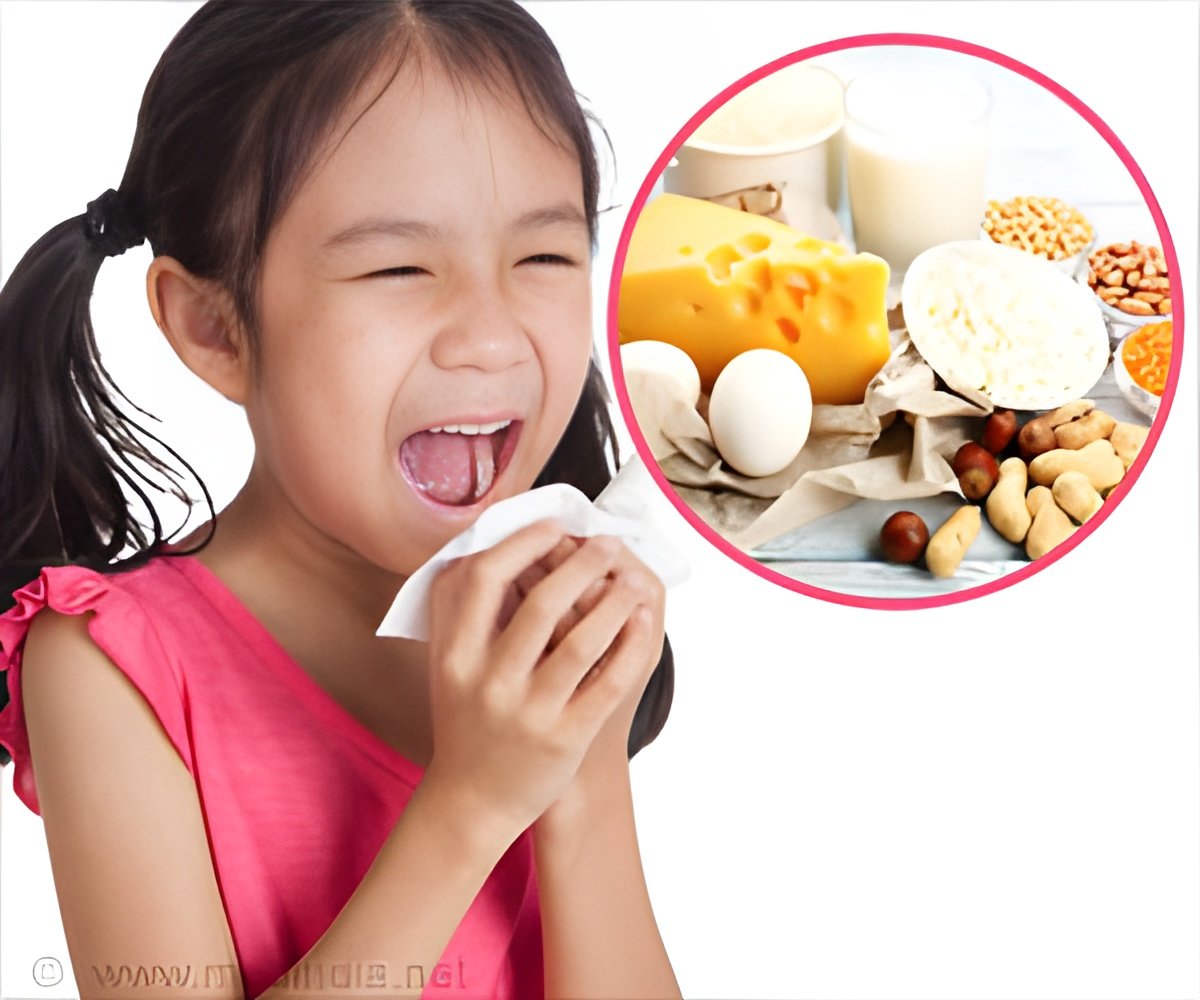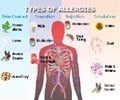Children with existing allergies should be screened for an emerging severe chronic food allergy called eosinophilic esophagitis (EoE). A recent study finds that EoE may be a late manifestation of the allergic march.

‘Children with existing allergies are at an increased risk for a severe chronic food allergy called eosinophilic esophagitis (EoE).’





In contrast to classic, potentially life-threatening anaphylactic food allergies (e.g., to peanuts) EoE has low mortality, but high morbidity. It has slow-onset symptoms, such as pain in swallowing, reflux, stomach ache, even food impaction (in which food may become lodged in the esophagus). Both types of allergies are triggered by specific foods, but the culprit in EoE may not be obvious, and a child may need to follow a restricted diet until healthcare providers can pinpoint the offending food. EoE may be slow to manifest, sometimes misdiagnosed or persisting undiagnosed into adolescence. The research team analyzed health records in a longitudinal cohort of over 130,000 patients in the CHOP pediatric network followed from birth to adolescence, to determine whether and when patients acquired allergic diseases. The researchers also compared the risk of developing EoE between allergic and non-allergic children.
The "allergic march," a pillar concept in allergy, is usually compressed into the first five years of life. The typical childhood progression, said Hill, is a skin allergy, such as atopic dermatitis, followed by an anaphylactic food allergy, then a respiratory allergy, such as asthma. The current study was the first to suggest that EoE was a component of the allergic march.
"We found that if children had three allergies other than EoE, they were nine times more likely to develop EoE than children with no pre-existing allergies," said Hill. The peak age of EoE diagnosis was 2.6 years. In addition, children with EoE had a higher risk than those without EoE of developing the respiratory allergy allergic rhinitis, commonly referred to as seasonal allergy. A key implication of the current study, said Hill, is that primary care clinicians should incorporate early EoE screening in children who have other allergies.
CHOP has been a world leader among pediatric institutions in investigating and treating EoE, which has been increasing over the past two decades, said study co-author Jonathan M. Spergel, MD, PhD. Spergel leads the hospital's Food Allergy Center, which has just been designated a Frontier Program at CHOP, with the aim of accelerating translational research and advancing pediatric treatments.
Advertisement
The complete study is published in the Journal of Allergy and Clinical Immunology: In Practice.
Advertisement











